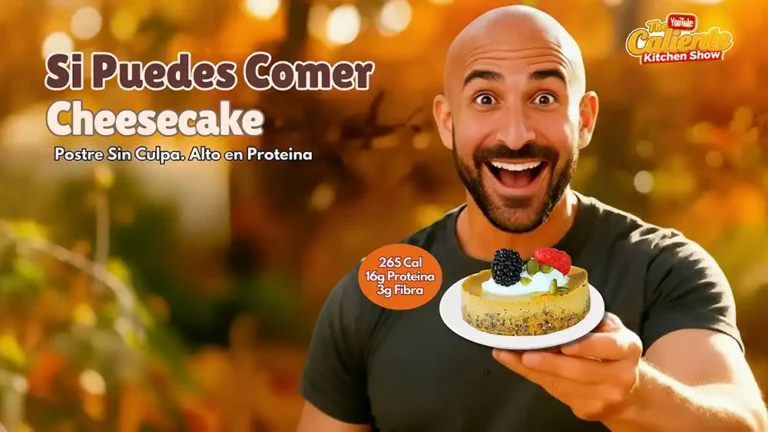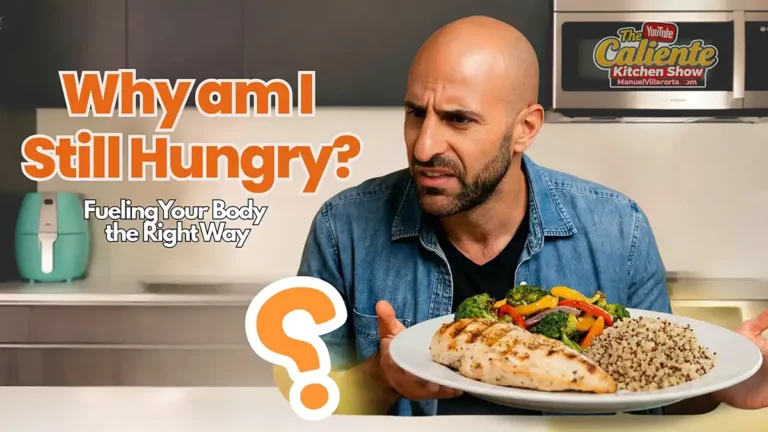Omega-3 fatty acids are an important nutrient that you should be paying attention to. Here are key recommendations for how much you need, with a look at the delicious new omega-3 smoothie, E03.
Did you know that over 68% of adults in the United States do not consume enough omega-3s? No wonder over 95% of Americans have low levels of omega-3 fatty acids! Let’s take a closer look at what omega-3 fatty acids are, the different types, how much you need, and ways to meet those needs (including my favorite omega-3 smoothie)!
I have partnered with Enhanced Omega-3 to share with you today the types, sources, and importance of consuming omega-3’s.
What Are Omega-3 Fatty Acids?
Omega-3 fatty acids are a type of good fats, and they are considered an essential nutrient. This means that our bodies cannot produce these nutrients so we must get them from our diet.
Three Types of Omega-3s & Their Benefits
There are three key omega-3’s that play an important role in our health:
- DHA – from animal sources
- EPA – from animal sources
- ALA – from plant sources
The health benefits that omega-3 fatty acids provide are tremendous. They can benefit:
- Eye health
- Skin health
- Heart health
- Brain health
- Inflammatory support
- Sleep
These are only some of the several amazing health benefits.
How Much Omega-3 Do You Need Per Day?
While consuming DHA and EPA allows your body to process it more efficiently, ALA is the only omega-3 that is considered essential by the NIH. The table below shows the adequate intake of ALA omega-3 fatty acids. Values differ for younger ages, as well as for pregnancy and lactation.
Adequate Intake (AI) of Daily ALA Omega-3 Fatty Acids
| Age | Male | Female |
| 19+ years | 1600 mg | 1100 mg |
Since our bodies can’t efficiently process ALA, it is still recommended to consume sources of EPA and DHA.
- The National Academy of Medicine, formerly the Institute of Medicine, hasn’t established recommendations for EPA and DHA, though they do recommend at least 10% of the values above are from EPA and DHA.
- The Global Organization for EPA and DHA recommends a combined 500mg from EPA and DHA per day.
- Some research has found that up to 1g/day of EPA and DHA can be beneficial for specific health conditions.
Enhanced Omega-3 Smoothie (EO3)
After 20 years of experience coaching clients with their nutrition, I’ve found that many people don’t get enough omega 3’s from their diets because they don’t eat fish, walnuts, flax, and chia seeds frequently enough. And when it comes to supplements, they complain of fishy burps and gas. This is why I think EO3 can be such a valuable item in your pantry!
It is a ready-to-drink berry smoothie made with natural fruit juice. To make it even better the taste is DELICIOUS and not fishy at all. Plus, it provides all of your daily DHA and EPA needs.
How Many Omega-3s Are There Per Serving of EO3?
The 8.4 fluid ounce serving of EO3 provides the goodness of 1600mg of 100% Norwegian cod liver oil. Per serving EO3 contains 820mg of DHA and 550mg of EPA.
To top it off, the omega 3’s from EO3 are highly bioavailable, which means you get a more rapid and complete absorption.
Ingredients in EO3 – Enhanced Omega-3 Smoothie
The great BONUS of consuming omega-3s in this smoothie is that EO3 can also fuel your body. It’s a food-based formulation, and each serving is enhanced with 20g of protein, vitamins, and antioxidants. It contains no added sugars, sweeteners, or preservatives, and is free of gluten, nuts, and soy.
Until now, this product has been used by collegiate and professional sports teams, elite military groups and leading hospitals to achieve the necessary levels of omega-3s. And now it’s here for you to reach your health and performance goals!
Omega-3 Foods
While choosing EO3 as your omega-3 source can confirm that you’re meeting your needs, it’s also valuable to focus on eating omega-3 rich foods. Here are some of the foods with the highest amounts of DHA, EPA, and ALA.
Foods with DHA & EPA
The biologically active forms, DHA and EPA are found in:
- cod liver oil
- algae
- fatty fish like salmon, sardines, herring and mackerel
Foods with ALA
ALA Omega-3 vegan/vegetarian plant sources include:
- chia seeds
- walnuts
- flax seeds
- flaxseed oil
It’s important to note that ALA needs to be converted to DHA and EPA, but it is a limited process. On average, only 1–10% of ALA is converted into EPA and 0.5–5% into DHA. This can make it challenging for vegans, vegetarians, or even those who simply dislike fish to meet their omega-3 fatty acid needs.
Omega-3 Deficiency
True omega-3 deficiencies are extremely rare. However, inadequacies are much more common, and can occur from not consuming enough omega-3s. While eating 2 servings of fatty fish per week will help you meet the recommendation, maybe you don’t like fish or don’t seem to include it in your meals that often. That’s where EO3 can be so convenient.
Do Omega-3 Supplements Need to be Refrigerated?
This comes down to the type of supplement. It’s recommended that soft gel supplements are refrigerated, which can help most last up to 2 years. As soon as you open a bottle of soft gels, they start to oxidize, lose potency, and quickly begin to turn rancid. Refrigeration can help a little bit with this.
So, that’s another reason why I’m so happy to share a better way to get the omega-3s your body needs! A shelf-stable omega-3 smoothie, EO3.
For more information and to get your EO3 visit their site. Use my code Manuel10 for 10% off your order.





